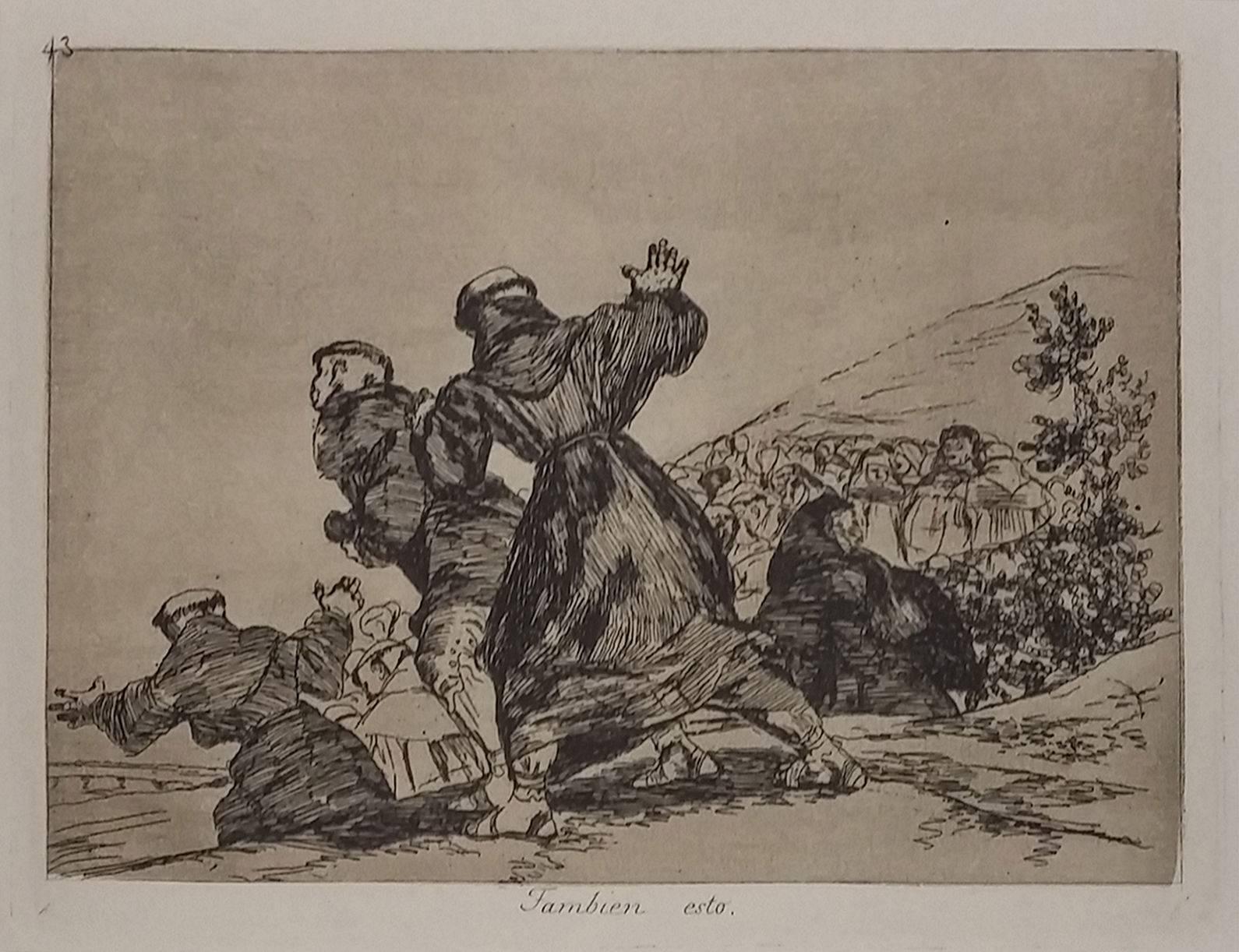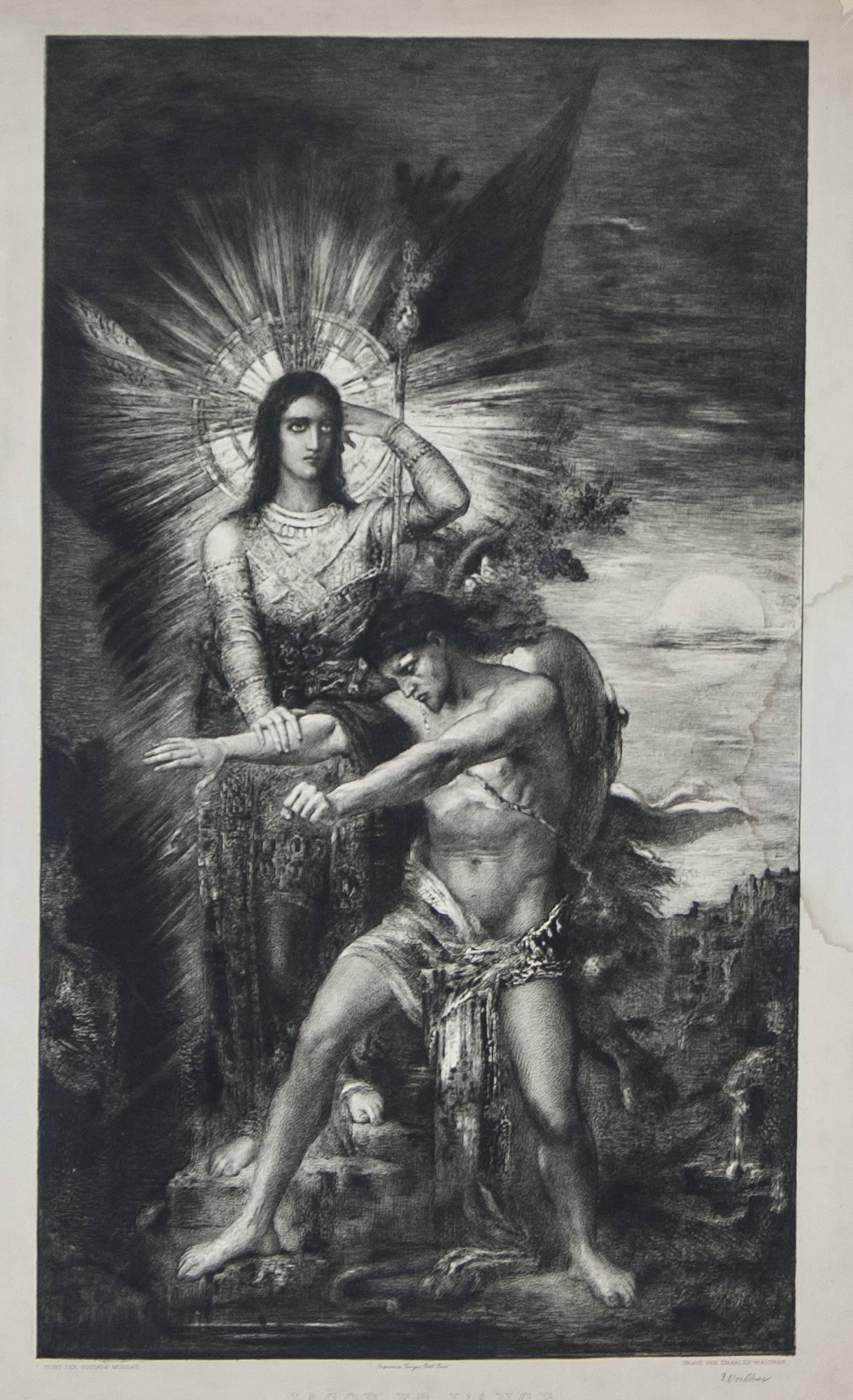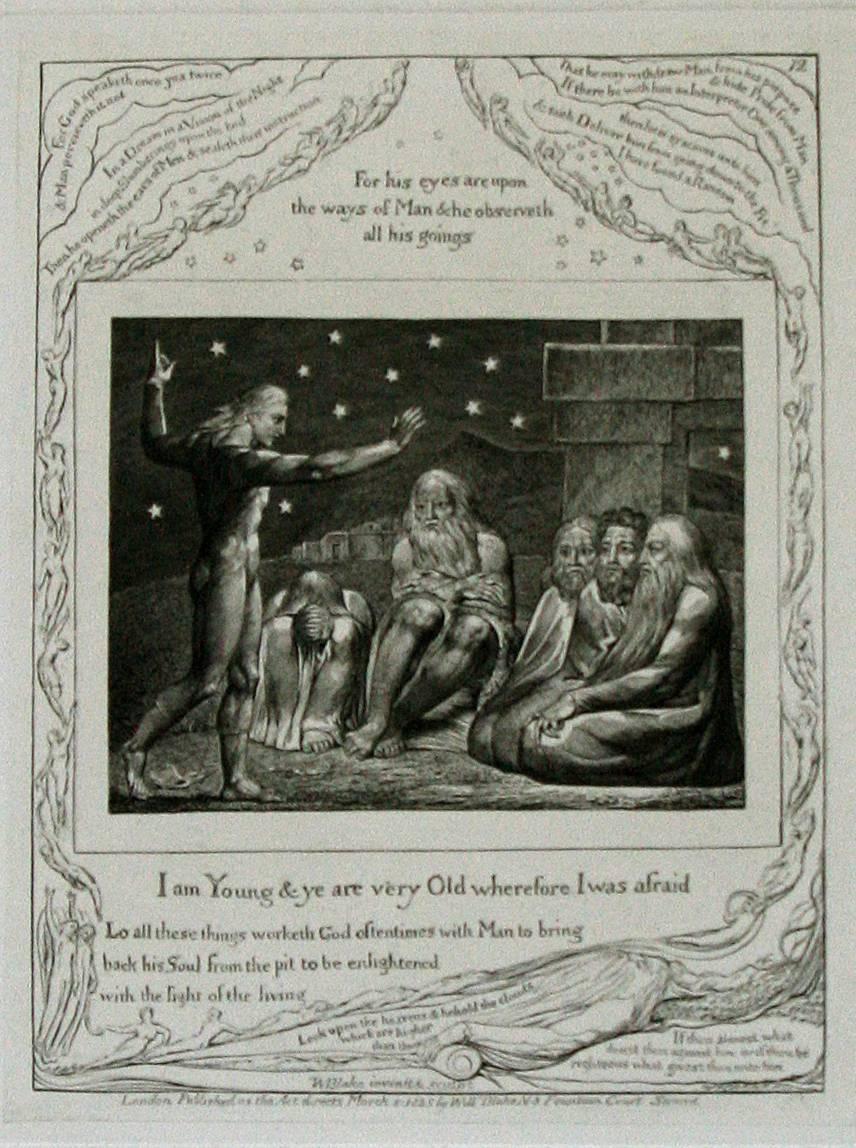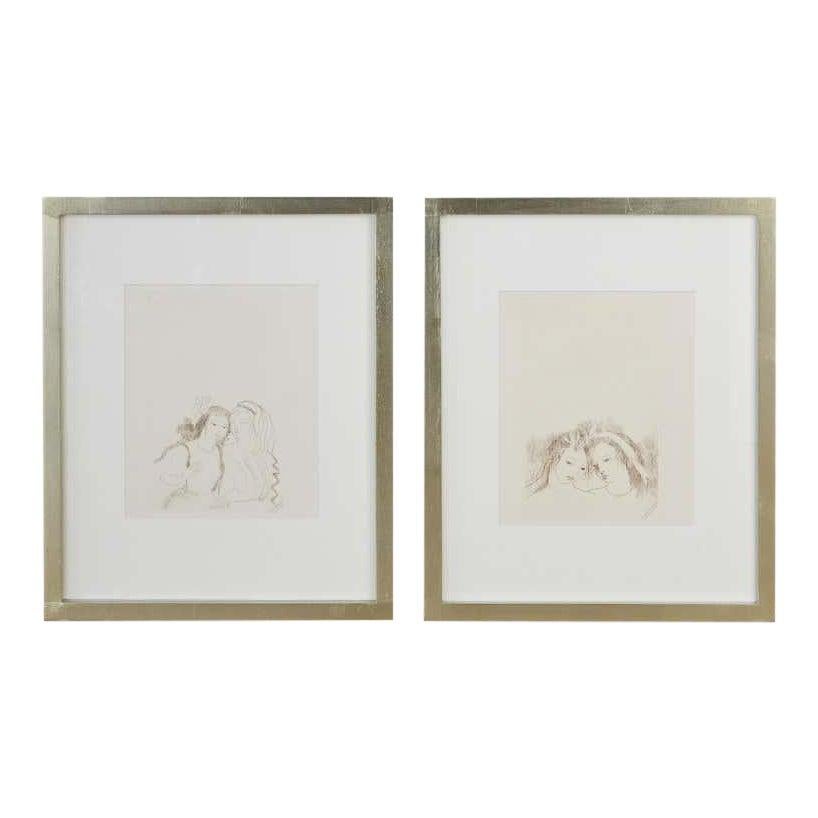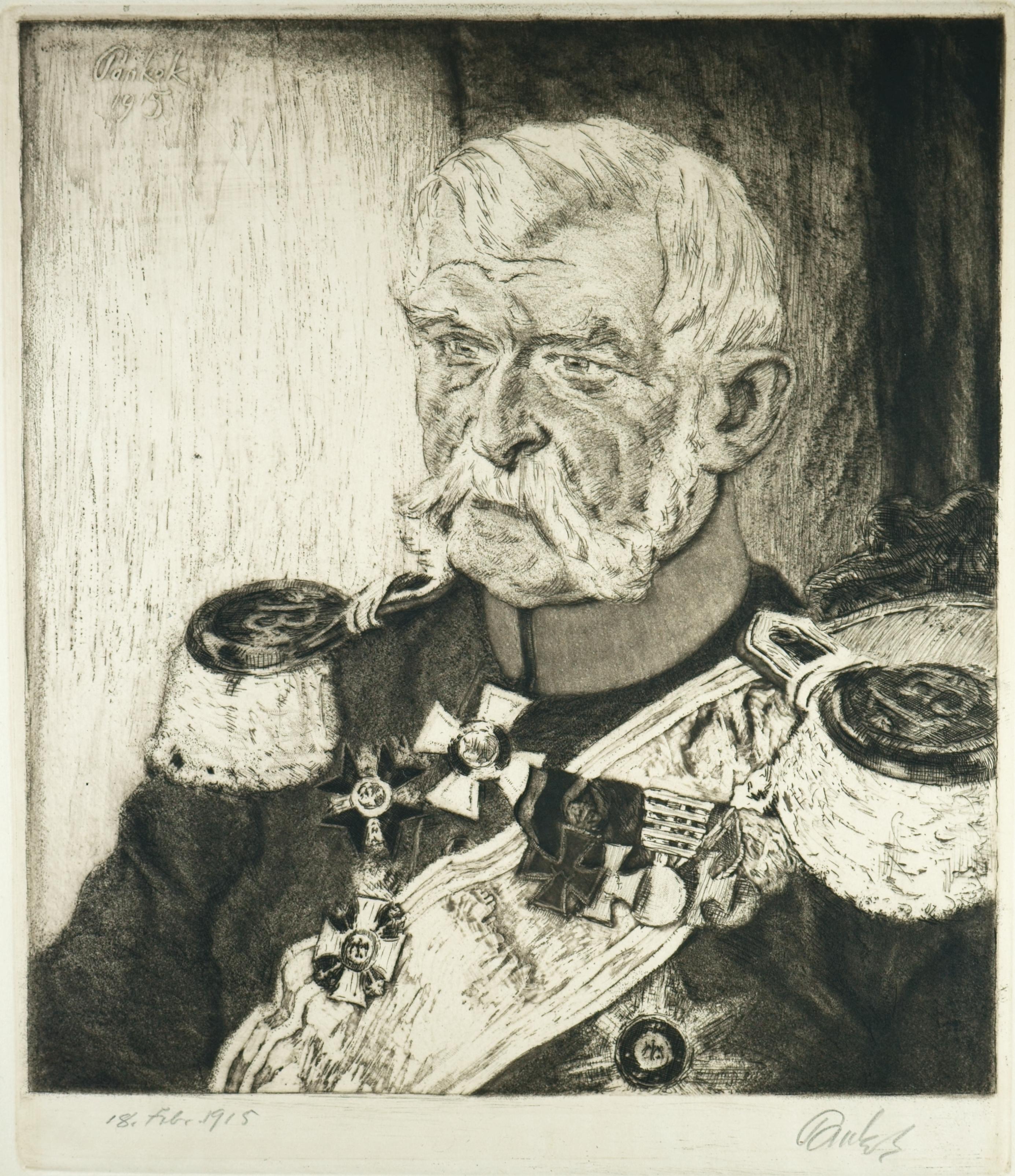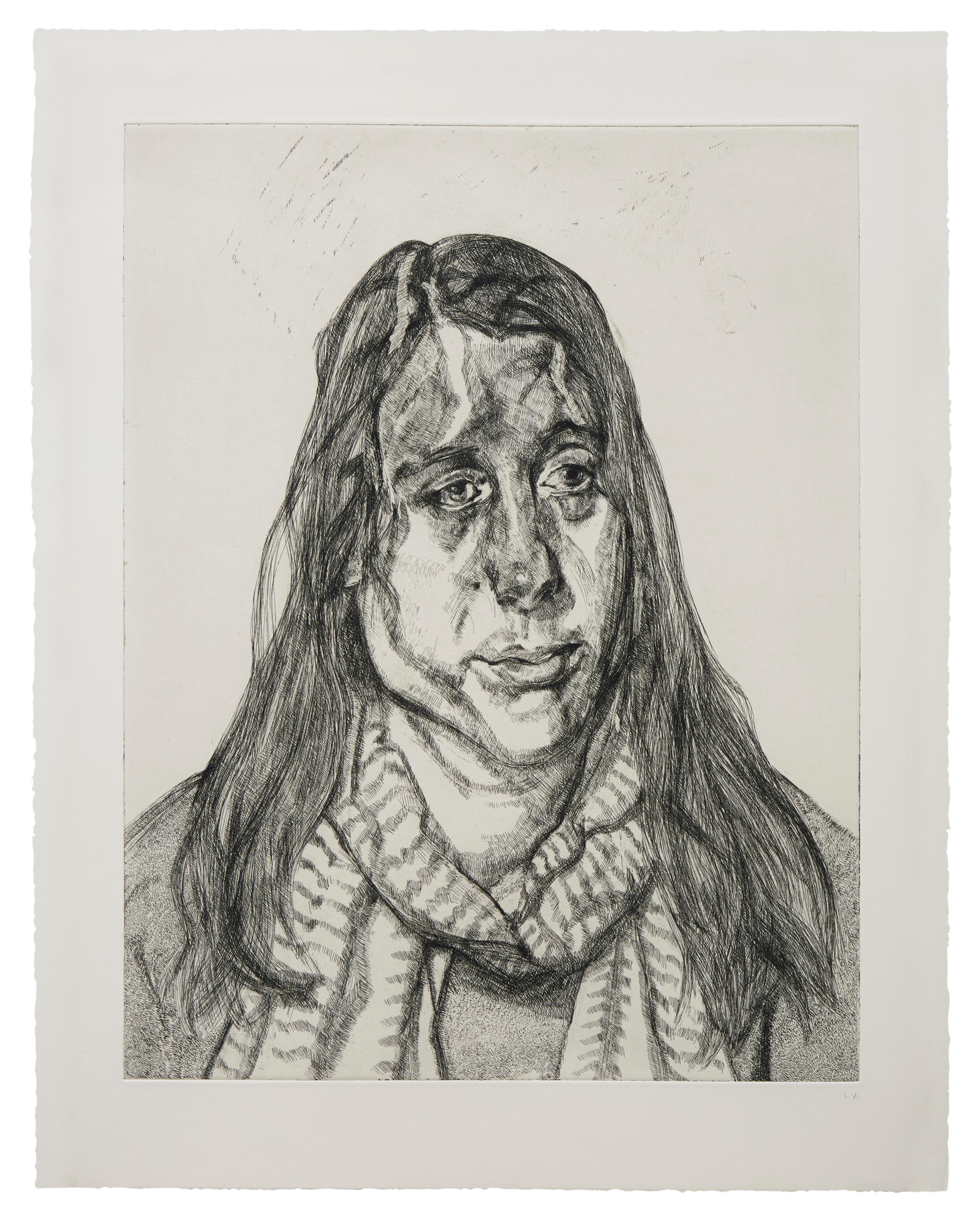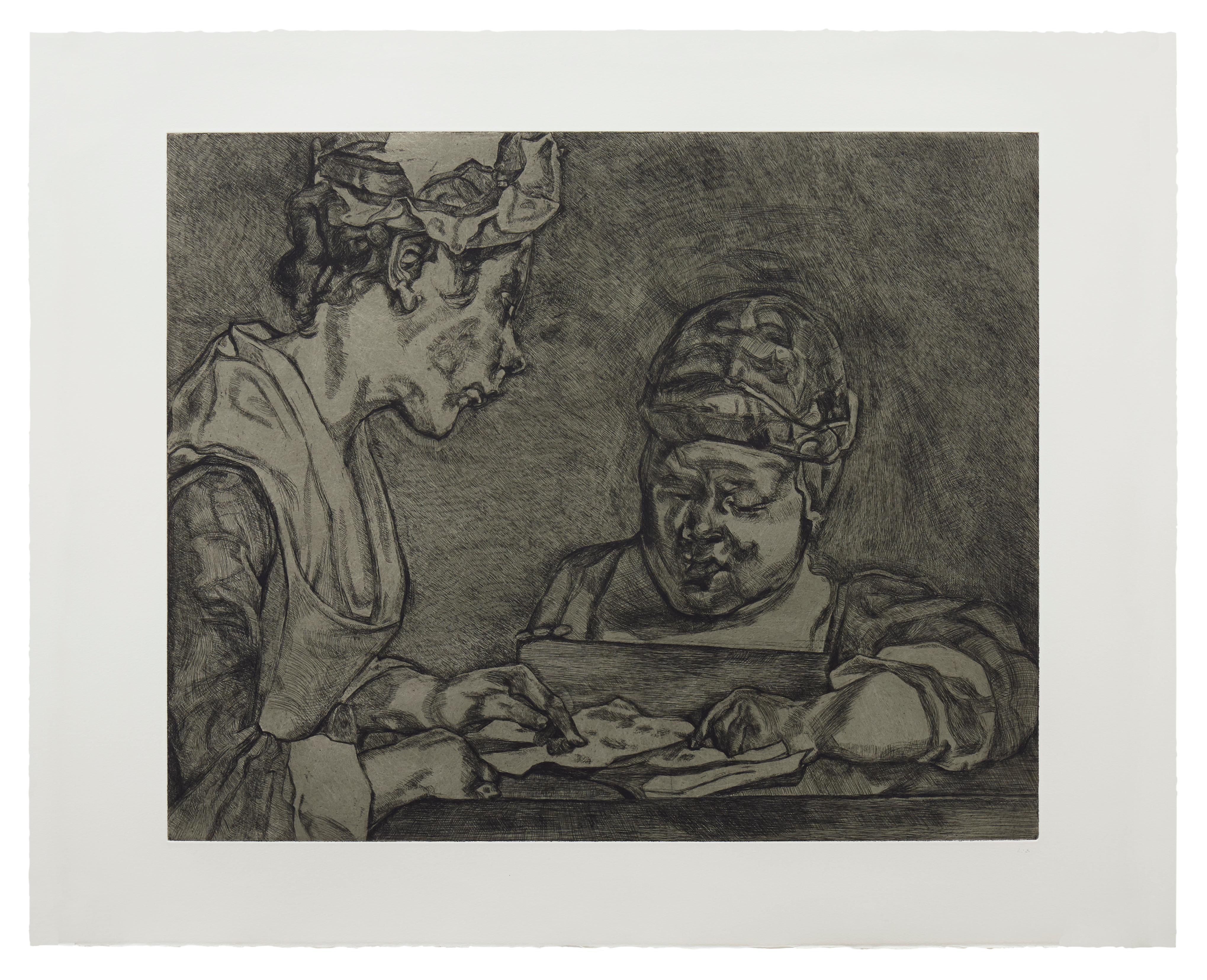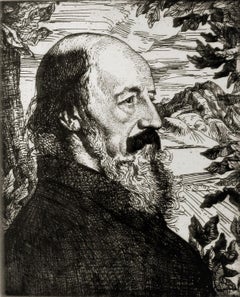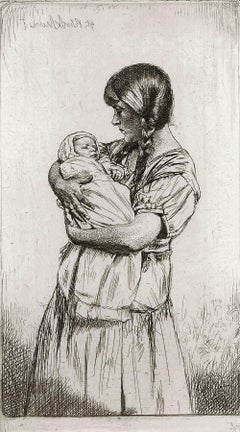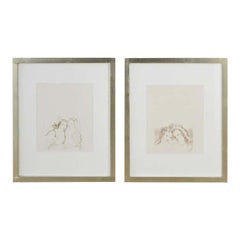![[Lovers].](https://a.1stdibscdn.com/archivesE/upload/a_3352/1512779347083/beaudoinimage2_master.jpg?width=240)
[Lovers].
View Similar Items
Want more images or videos?
Request additional images or videos from the seller
1 of 4
Paul Albert Baudouin[Lovers]. 1876
1876
About the Item
- Creator:Paul Albert Baudouin (1844 - 1931, French)
- Creation Year:1876
- Dimensions:Height: 13.5 in (34.29 cm)Width: 9.5 in (24.13 cm)
- Medium:
- Movement & Style:
- Period:1770-1779
- Condition:Some foxing spots in the margins, well away from the image.
- Gallery Location:Storrs, CT
- Reference Number:1stDibs: LU33522373661
About the Seller
5.0
Recognized Seller
These prestigious sellers are industry leaders and represent the highest echelon for item quality and design.
Platinum Seller
These expertly vetted sellers are 1stDibs' most experienced sellers and are rated highest by our customers.
Established in 1977
1stDibs seller since 2016
697 sales on 1stDibs
Typical response time: 1 hour
Associations
International Fine Print Dealers Association
More From This SellerView All
- Portrait of Alfred, Lord TennysonBy William Strang, R.A., R.E.Located in Storrs, CTPortrait of Alfred, Lord Tennyson. 1897. Etching. Binyon 310. 11 13/16 x 9 3/4 (sheet 17 7/8 x 13 1/4). Printed on 'J.Whatman' laid paper, on the full sh...Category
Late 19th Century Romantic Portrait Prints
MaterialsEtching
$975 Sale Price27% Off - The Wrath of Elihu: 'I Am Young, And Ye Are Very Old, Wherefore I Was Afraid.'By William BlakeLocated in Storrs, CTThe Wrath of Elihu. 'I Am Young, And Ye Are Very Old, Wherefore I Was Afraid'. 1823-25. Engraving. .Binyon catalog 117 state ii, Bindman catalog 632. Image 7 7/8 x 5 15/16; plate 8 ...Category
Early 19th Century Romantic Figurative Prints
MaterialsEngraving
- The Two MélisandesBy Gerald Leslie BrockhurstLocated in Storrs, CTThe Two Mélisandes. 1928. Etching. Fletcher 60. 5 3/4 x 3 1/2 (sheet 10 1/2 x 7 1/2). Edition size not stated. Illustrated: Fine Prints of the Year, 1928; Salaman, Modern Masters of ...Category
Early 20th Century Modern Portrait Prints
MaterialsEtching
$300 Sale Price60% Off - Homme dévoilant une Femme. (Man uncovering a woman).By Pablo PicassoLocated in Storrs, CTHomme dévoilant une Femme. (Man uncovering a woman). 1931. Drypoint. Bloch 138; Baer 203 B.d. Vollard Suite, plate 5. Printed by: Lacourie...Category
Mid-20th Century Modern Portrait Prints
MaterialsEtching
$30,000 Sale Price33% Off - Olliver St. John GogartyBy Gerald Leslie BrockhurstLocated in Storrs, CTOliver St. John Gogarty. 1935. Etching. Fletcher 78. 6 7/8 x 5 1/2 (sheet 11 1/4 x 8 3/8). Edition 100. 75 intended for the Cuala Press, Dublin. A rich impression, printed on cream-...Category
Mid-20th Century Modern Portrait Prints
MaterialsDrypoint, Etching
- Bibi ValentinBy James Abbott McNeill WhistlerLocated in Storrs, CTBibi Valentin. 1859. Etching and drypoint. Kennedy catalog 50 state ii; Glasgow catalog 34 state ii. 6 x 8 7/8 (sheet 8 11/16 x 10 11/16). Glasgow records 44 known impressions. A rich impression with burr, printed on watermarked laid paper with full margins. Signed and dated in the plate. Housed in a 20 x 16-inch archival mat A young girl, sits facing the viewer, leaning on her left elbow, legs extended to left. She wears a high-necked smock and buttoned boots...Category
19th Century American Modern Portrait Prints
MaterialsEtching, Drypoint
$2,250 Sale Price52% Off
You May Also Like
- TAMBIEN ESTOBy Francisco GoyaLocated in Aventura, FLTambien esto / So is this (Disasters of War, plate 43, Harris 163, Delteil 162). Original etching, burnished aquatint, and burnisher, c. 1808-1814. The clergy are running; their floc...Category
Early 19th Century Romantic Figurative Prints
MaterialsDrypoint, Etching, Paper
$1,600 Sale Price20% Off - Jacob et L'ange (aft.) Gustave Moreau engraved C.A. Waltner circa 1800'sBy (After) Gustave MoreauLocated in Paonia, COJacob et L'ange or Jacob and the Angel depicts the angel standing next to Jacob with a radiating halo behind her head and one hand on his outstretched arm. Jacob is naked except for a cloth around his middle. The myth is that Jacob wrestled...Category
19th Century Romantic Figurative Prints
MaterialsEtching
- "Two Women" Pair EtchingsBy Marie LaurencinLocated in Rio Vista, CAElegant pair of etchings by Marie Laurencin (French 1883-1956) from the "Poemes de Sapho" published in 1950 ref. 273. Each beautifully mounted in fram...Category
20th Century Modern Portrait Prints
MaterialsEtching
$2,000 Sale Price20% Off - General Wilhelm von Blume - Visionary retrospective -Located in Berlin, DEBernhard Pankok (1872 Münster - 1943 Baierbrunn), General Wilhelm von Blume, 1915, aquatint etching, 34 x 29.5 cm (sheet size), 26 x 22 cm (plate size), signed in the plate at upper left, in pencil at lower right and dated in pencil at lower left. - At lower left old collection stamp, at the right broad margin with a small spot, otherwise very good condition. About the artwork The 1915 aquatint etching of General Wilhelm von Blume is based on a 1912 oil painting in the LWL-Museum für Kunst und Kultur in Münster. A second oil portrait of the general by Pankok is in the Staatsgalerie Stuttgart. When Pankok painted the first oil portrait in 1912, the general had already been retired for 16 years. It is therefore a retrospective portrait. Accordingly, the orientation of his head is such that he is looking back in both the oil painting and the etching. Without fixing on anything in particular, he looks thoughtfully inwards and reflects on his life. Uniformed and highly endowed, it is his military activities in particular that he is reviewing attentively and, as his gaze reveals, quite critically. Pankok has literally written the sum of his experiences on Wilhelm von Blume's face: The physiognomy is a veritable landscape of folds, furrows, ridges and gullies, all the more striking against the flat background. It is clear that each of the medals was also won through suffering. However, by breaking the boundaries of the picture, his bust appears as an unshakable massif, which gives the general a stoic quality. The fact that the design of the portrait was important to Pankok can be seen from the different versions, the present sheet being the third and probably final revision, which Pankok dates precisely to 18 February 1915. Compared with the previous state, the light background now has a dark area against which the sitter's face stands out, the dark background in turn combining with the uniform to create a new tension in the picture. Pankok's taking up of the portrait of the high-ranking military veteran and its graphic reproduction can also be seen in relation to the First World War, which had broken out in the meantime. In the face of modern weapons of mass destruction, Wilhelm von Blume's warfare and military writings were relics of a bygone, more value-oriented era. About the artist After studying at the Düsseldorf Art Academy from 1889 to 1891 under Heinrich Lauenstein, Adolf Schill, Hugo Crola, and Peter Janssen the Elder, Bernhard Pankok went to Munich in 1892, where he worked primarily as a graphic artist for the two major Jugendstil magazines "Pan" and "Jugend," which established his artistic success. Through this work he met Emil Orlik, with whom he had a lifelong friendship. In 1897, he exhibited his first furniture, and in 1898, together with Richard Riemerschmid, Bruno Paul and Hermann Obrist...Category
1910s Realist Portrait Prints
MaterialsEtching
$417 Sale Price20% Off - Half-length portrait of a man with beard - A Rembrandt of the 18th century -Located in Berlin, DEJohann Friedrich Bause (1738 Halle a. d. Saale - 1814 Weimar). Half-length portrait of a man with beard and cap after a drawing by Christian Wilhelm Ernst Dietrich. Etching and coppe...Category
1780s Baroque Figurative Prints
MaterialsEtching
- Balaclava - The target in sight -Located in Berlin, DEHeinrich Haberl (1869 Passau to 1934 Munich), Sturmhaube, c. 1900. drypoint, 14 x 10 cm (platemark), 28 x 21 cm (sheet size), 39 x 29 cm (passe-partout), titled "Sturmhaube" in lead at lower left and inscribed "Kaltnadelradierung", signed and locally inscribed "Heinrich Haberl Mchn. [Munich]" at lower right, inscribed again in lead on verso and with old collection stamp. - slightly darkened, fixed and mounted - The target in sight - About the artwork The theatrical "role-portrait" is to be seen against the background of the Rembrandt cult, which reached its climax at the end of the 19th century. The soldier seems to have stepped straight out of Rembrandt's Night Watch (1642) to fix something outside the picture with an alert and ready gaze. The steeply rising brim of the morion frames the gaze and thus perspectivises it as the actual 'pictorial action'. The gaze represents both the vigilant defence and the visionary goal of the battle. Not only the subject, but also the style of the etching needle reflect Rembrandt's understanding of the times. Strong contrasts of light and dark are created in a virtuoso free stroke, without losing the effect of the reflections on the helmet and in the eyes. This shows a kinship with the early prints of Lovis Corinth, who also saw himself as an artist in the role of the knight. Against this background, Haberl's picture can also be seen as a representation of his artistic self-image. About the artist Heinrich Haberl first attended the art school in Nuremberg and from 1892 studied at the Munich Academy. There he was a master student of Johann Leonhard von Raab, Rudolf von Seitz, Franz von Defregger...Category
Early 19th Century Realist Figurative Prints
MaterialsEtching
$208 Sale Price20% Off
Recently Viewed
View AllMore Ways To Browse
Rouen Plate
Fresque Antique
Vintage Womens Posters
Vintage Women Poster
Women Vintage Poster
1929 Window
Women Vintage Posters
Vintage Women Posters
19th Century Signed Etchings
Salvador Dali Limited Edition Signed Print
Vintage Artist Gallery Poster
Cat Lithograph
Metropolitan Poster
Vintage Wedding Print
Judaica Modern
Modern Judaica
Portrait Of A Russian Man
Grant Wood Prints

